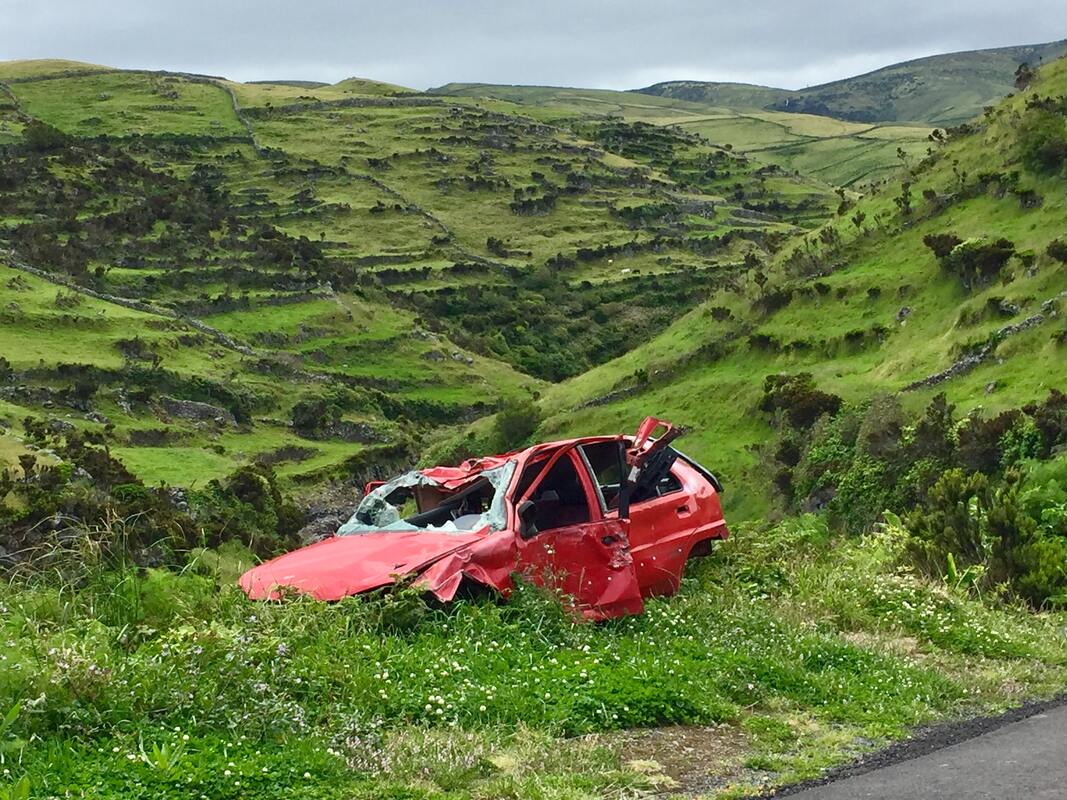|
As a first aider, providing assistance in emergencies is a commendable act. However, it is crucial to prioritize personal safety and be aware of potential hazards at the scene. Let's explore the importance of scene safety, discuss examples of unsafe scenes, and provide essential tips on how to identify and manage hazards. Understanding Scene Safety:
Scene safety refers to the assessment and management of potential hazards in an emergency situation. Before rushing to aid someone, it is essential to evaluate the surroundings to protect yourself and others from harm. Examples of Unsafe Scenes:
Identifying and Managing Hazards:
Prioritizing scene safety is essential for first aiders and good Samaritans. By understanding the importance of assessing potential hazards, identifying unsafe scenes, and managing risks, you can provide effective assistance while ensuring personal safety. Shield First Aid offers comprehensive training and certification programs, empowering individuals to manage scenes of emergencies safely and confidently. Don't wait, contact us today for a quote and enable your employees to be confident responders in times of crisis. Comments are closed.
|
INSIGHTSDiscover the latest first aid training topics at Shield First Aid. Stay prepared with our expert insights and practical tips. Learn more today! Archives
April 2023
Categories
All
|
Shield First Aid
Service AreasCity of Ottawa (Stittsville, Kanata, Manotick, Nepean, Orleans), Renfrew County (Arnprior, Renfrew, Pembroke), Lanark County (Almonte, Carleton Place, Perth, Smiths Falls), Leeds and Grenville United Counties (Kemptville, Brockville)
|
Telephone |

